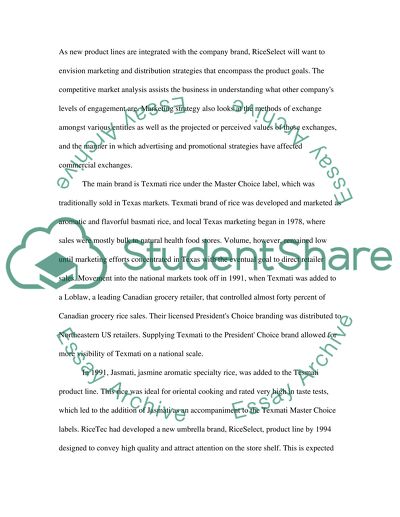Cite this document
(RiceTecs Marketing Current Situations Case Study, n.d.)
RiceTecs Marketing Current Situations Case Study. Retrieved from https://studentshare.org/marketing/1504393-marketing-analysis
RiceTecs Marketing Current Situations Case Study. Retrieved from https://studentshare.org/marketing/1504393-marketing-analysis
(RiceTecs Marketing Current Situations Case Study)
RiceTecs Marketing Current Situations Case Study. https://studentshare.org/marketing/1504393-marketing-analysis.
RiceTecs Marketing Current Situations Case Study. https://studentshare.org/marketing/1504393-marketing-analysis.
“RiceTecs Marketing Current Situations Case Study”, n.d. https://studentshare.org/marketing/1504393-marketing-analysis.


